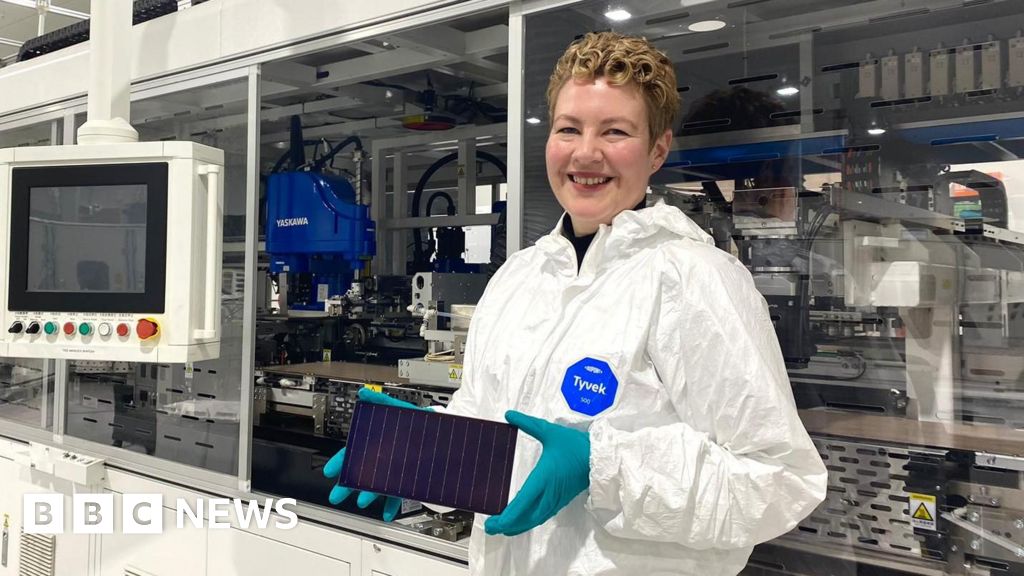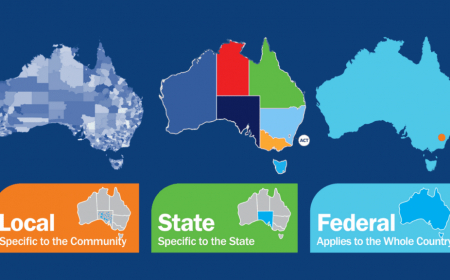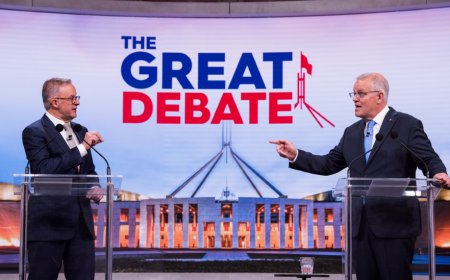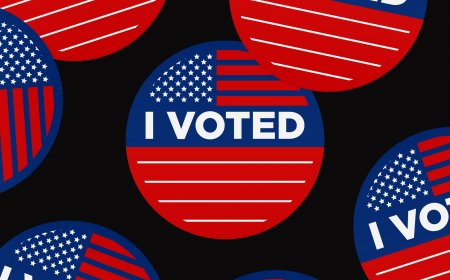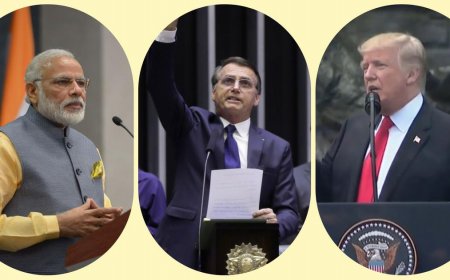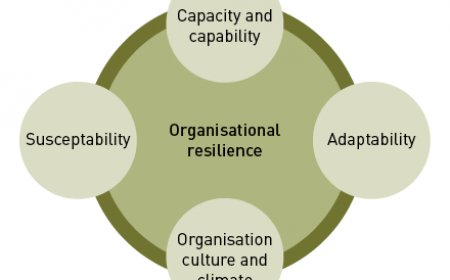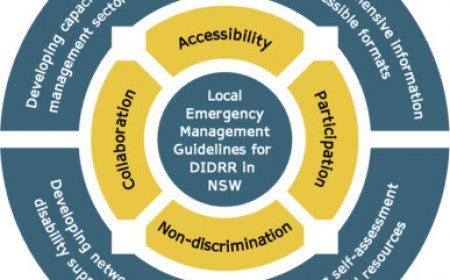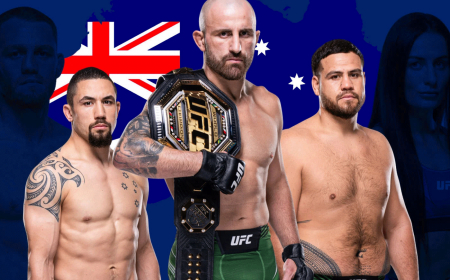US Elections: Campaign Strategies and Advertising Tactics
Explore the intricate world of US elections, uncovering proven campaign strategies and innovative advertising tactics that shape electoral outcomes. Dive deep into data-driven approaches, grassroots mobilization, and the evolving role of technology in modern politics.

In the ever-evolving landscape of American politics, campaign strategies and advertising tactics play a pivotal role in shaping electoral outcomes. The intersection of technology, psychology, and public policy has transformed how candidates engage with voters, craft their messages, and secure electoral victories. In this comprehensive guide, we will explore the intricacies of modern campaign strategies, delve into the nuances of advertising tactics, and analyze their impact on the democratic process.
Understanding the Foundations of US Election Campaigns
The Evolution of Political Campaigning
Political campaigns in the United States have undergone significant transformations over the decades. From grassroots movements to digital-first strategies, the evolution reflects broader societal shifts. Early campaigns relied heavily on door-to-door canvassing , town hall meetings , and print media . However, the advent of radio, television, and now the internet has revolutionized how candidates communicate with voters.
Radio: The Voice of Leadership
During the early 20th century, radio became a game-changer for political communication. Franklin D. Roosevelt’s "Fireside Chats" during the Great Depression exemplified the power of direct, intimate communication. These broadcasts allowed him to speak directly to millions of Americans, fostering trust and empathy during challenging times. The ability to convey warmth and reassurance through voice alone demonstrated the emotional resonance that audio-based platforms could achieve.
Television: The Visual Revolution
The introduction of television in the mid-20th century marked another seismic shift. John F. Kennedy’s televised debates against Richard Nixon in 1960 highlighted the importance of appearance and charisma. While Nixon appeared tired and unpolished, Kennedy exuded confidence and charm, swaying undecided voters who watched the debate. This moment underscored the critical role of visual presentation in modern campaigning.
Digital Age: Social Media Dominance
Fast forward to the 21st century, and the rise of social media has completely redefined political engagement. Platforms like Facebook, Twitter, Instagram, and TikTok offer unprecedented access to voters. Candidates can now share real-time updates, respond instantly to controversies, and foster two-way conversations. For example, Alexandria Ocasio-Cortez (AOC) leveraged Twitch—a gaming platform—to host Q&A sessions, reaching younger audiences in unconventional ways. Her innovative approach not only humanized her image but also positioned her as a tech-savvy leader.
"Technology doesn’t just change how we campaign; it changes who we are as campaigners."
Key Components of Successful Campaign Strategies
A well-executed campaign strategy integrates multiple elements, including message framing , target audience identification , and resource allocation . These components work in tandem to create a cohesive and persuasive campaign that resonates with voters.
Message Framing
At its core, every campaign revolves around a central message. This message must align with the candidate's values, address voter concerns, and differentiate them from opponents. Effective message framing involves using language that evokes emotion, inspires action, and reinforces trust. For example, Barack Obama’s 2008 campaign slogan, "Yes We Can," encapsulated hope and unity, appealing to a broad coalition of voters.
Successful messaging often incorporates storytelling techniques. By weaving personal anecdotes into speeches or advertisements, candidates can connect emotionally with audiences. Elizabeth Warren, for instance, frequently shared stories about her working-class upbringing to highlight her commitment to economic justice. Such narratives make abstract policies feel tangible and relatable.
Target Audience Identification
Understanding the electorate is crucial for tailoring campaign efforts. Modern campaigns leverage data analytics to segment voters based on demographics, psychographics, and voting behavior. By identifying key constituencies—such as suburban women, young professionals, or minority groups—campaigns can allocate resources more efficiently and deliver personalized messaging.
For example, Hillary Clinton’s 2016 campaign focused heavily on securing support from urban areas and college-educated women. Meanwhile, Donald Trump targeted rural voters and blue-collar workers by emphasizing economic nationalism and cultural issues. Both approaches reflect the importance of understanding regional and demographic nuances.
Resource Allocation
Campaign budgets are finite, making strategic resource allocation essential. Resources include funding, volunteer networks, and advertising spend. Savvy campaigns prioritize high-impact activities, such as targeted digital ads, while minimizing expenditures on less effective channels.
One notable example is Bernie Sanders’ 2020 presidential bid. Despite lacking the financial backing of major donors, his campaign raised millions through small-dollar donations facilitated by email marketing and grassroots fundraising events. This decentralized approach enabled him to compete effectively against better-funded rivals.
Advertising Tactics in Modern US Elections
The Role of Traditional Media
Despite the rise of digital platforms, traditional media remains a cornerstone of political advertising. Television commercials, radio spots, and print advertisements continue to reach large audiences, particularly among older demographics.
Television Commercials
Television remains one of the most influential mediums for political advertising. Campaigns invest heavily in producing high-quality commercials that combine emotional storytelling with factual information. Negative ads, which highlight an opponent’s weaknesses, are also common but require careful execution to avoid alienating undecided voters.
For instance, George H.W. Bush’s infamous “Willie Horton” ad in 1988 portrayed Democratic nominee Michael Dukakis as soft on crime. While effective in swaying some voters, it sparked controversy due to racial undertones. This underscores the delicate balance between persuasion and backlash when deploying negative messaging.
Radio and Print Ads
Radio and print ads cater to niche audiences, offering cost-effective ways to reinforce key messages. Local newspapers and community radio stations provide opportunities for hyper-localized outreach, especially in smaller markets where national campaigns may overlook specific issues.
Consider Joe Biden’s 2020 campaign, which ran targeted radio ads in swing states like Pennsylvania and Wisconsin. These ads emphasized his plans for job creation and healthcare reform, addressing local priorities without diluting the overarching narrative.
Digital Advertising: A Game-Changer
The proliferation of digital platforms has fundamentally altered the landscape of political advertising. Social media, search engines, and streaming services offer unprecedented targeting capabilities, enabling campaigns to micro-target specific voter segments.
Social Media Campaigns
Platforms like Facebook, Instagram, and TikTok allow campaigns to engage directly with voters through organic posts, paid promotions, and influencer partnerships. Viral content, memes, and live streams amplify visibility and foster grassroots support. For example, Alexandria Ocasio-Cortez’s innovative use of Twitch and Instagram helped her connect with younger voters during her congressional run.
Moreover, social media enables rapid response capabilities. When faced with misinformation or attacks, campaigns can quickly disseminate clarifications or counterarguments. During the 2020 election cycle, Kamala Harris’s team utilized Twitter threads to debunk false claims about her record within minutes of their circulation.
Search Engine Marketing (SEM)
Search engine marketing ensures that campaign-related keywords appear prominently in search results. By bidding on terms like “voting locations” or “candidate policies,” campaigns can drive traffic to their websites and increase awareness.
Google Ads, in particular, offers advanced targeting options. Campaigns can focus on users searching for specific topics, visiting competitor sites, or located in battleground states. This level of precision maximizes return on investment and minimizes wasted impressions.
Streaming Services
With the decline of cable TV subscriptions, streaming services like Hulu and Roku have emerged as viable alternatives for political advertising. Pre-roll ads and interactive features enable campaigns to capture viewer attention without competing against cluttered ad slots.
For example, Pete Buttigieg’s 2020 campaign experimented with Hulu ads featuring testimonials from supporters across diverse backgrounds. These ads were designed to appeal to moderate Democrats seeking fresh leadership ideas.
Data-Driven Advertising
Modern campaigns rely on sophisticated data analytics to optimize advertising efforts. Voter databases, social listening tools, and predictive modeling help identify trends, measure sentiment, and refine messaging. For instance, Donald Trump’s 2016 campaign utilized Cambridge Analytica’s data mining techniques to tailor ads to individual preferences, maximizing engagement.
However, ethical concerns surrounding data privacy have prompted calls for stricter regulations. Campaigns must navigate these challenges carefully to maintain public trust while leveraging technological advancements.
Innovative Campaign Strategies That Work
Grassroots Mobilization
Grassroots mobilization emphasizes bottom-up organizing, empowering volunteers and local leaders to advocate for a candidate. This approach fosters authenticity and builds long-term relationships within communities.
Door-Knocking and Phone Banking
Personal interactions remain powerful tools for persuasion. Door-knocking and phone banking initiatives allow campaigns to address voter concerns directly, clarify misinformation, and encourage turnout.
Stacey Abrams’ Fair Fight Action organization exemplifies successful grassroots efforts. Through relentless door-knocking and phone banking, her team registered thousands of new voters in Georgia, contributing to historic Democratic wins in 2020.
Community Events
Hosting town halls, rallies, and meet-and-greets strengthens ties between candidates and constituents. These events provide forums for dialogue, showcase leadership qualities, and generate earned media coverage.
Beto O’Rourke’s 2018 Senate race in Texas featured hundreds of town halls across all 254 counties. His willingness to listen and engage face-to-face earned him widespread admiration, even in traditionally Republican strongholds.
Coalition Building
Building diverse coalitions is critical for expanding a campaign’s base. By partnering with advocacy groups, labor unions, and cultural organizations, candidates can tap into existing networks and amplify their reach.
Kamala Harris’s vice-presidential campaign prioritized coalition building, collaborating with Black Lives Matter activists, environmental advocates, and immigrant rights organizations. This multifaceted approach ensured broad representation and strengthened her credibility among marginalized communities.
Crisis Management
Every campaign encounters challenges, whether scandals, controversies, or unexpected events. Effective crisis management involves swift responses, transparent communication, and proactive damage control. A well-prepared team can mitigate risks and maintain public confidence.
Joe Biden’s handling of sexual assault allegations during the 2020 primaries illustrates the importance of transparency. By acknowledging past mistakes and committing to accountability measures, he regained momentum and secured the nomination.
Case Studies: Lessons from Past Elections
Barack Obama’s 2008 Campaign
Barack Obama’s historic victory in 2008 exemplifies the power of innovation and inclusivity. His campaign harnessed social media , implemented robust data analytics , and prioritized grassroots organizing . The result was a groundbreaking movement that redefined modern campaigning.
Obama’s team pioneered the use of online platforms to organize volunteers, raise funds, and disseminate messages. They also employed cutting-edge analytics to predict voter behavior and optimize resource deployment. This blend of technology and tradition set a new standard for future campaigns.
Donald Trump’s 2016 Campaign
Donald Trump’s unconventional approach disrupted traditional norms. Leveraging Twitter , embracing polarizing rhetoric, and focusing on rural voters , his campaign capitalized on anti-establishment sentiments. While controversial, it demonstrated the effectiveness of bold, unorthodox strategies.
Trump’s mastery of social media allowed him to bypass mainstream outlets and communicate directly with his base. His frequent tweets generated headlines, kept supporters engaged, and dominated news cycles—all at minimal cost.
Joe Biden’s 2020 Campaign
Joe Biden’s 2020 campaign showcased resilience and adaptability amidst a global pandemic. Emphasizing empathy, experience, and unity, his team navigated virtual campaigning and leveraged digital tools to overcome logistical hurdles.
Virtual town halls, Zoom fundraisers, and augmented reality experiences replaced traditional in-person events. Despite limitations, Biden maintained consistent messaging and built a formidable coalition spanning progressives, moderates, and independents.
Challenges Facing Modern Campaigns
Misinformation and Disinformation
The spread of false information poses significant threats to electoral integrity. Campaigns must combat fake news, deepfakes, and malicious actors seeking to manipulate public opinion.
Strategies include partnering with fact-checking organizations, promoting media literacy, and utilizing AI-powered tools to detect falsehoods. Transparency and accountability are paramount in restoring trust.
Voter Suppression and Access Issues
Efforts to restrict voting access disproportionately affect marginalized communities. Advocacy for fair election laws and expanded mail-in voting options remains a priority for many campaigns.
Groups like the ACLU and Brennan Center for Justice actively challenge restrictive measures, ensuring equal participation for all eligible citizens.
Balancing Technology and Privacy
While data-driven strategies enhance efficiency, they raise ethical concerns about privacy and surveillance. Striking a balance between leveraging technology and respecting individual rights is imperative.
Regulatory frameworks like GDPR in Europe serve as models for safeguarding user data while enabling innovation. Campaigns must adopt similar principles to protect voter information responsibly.
Conclusion
The art and science of US election campaigns demand creativity, precision, and adaptability. As technology continues to evolve, so too will the strategies and tactics employed by candidates. By understanding the interplay between messaging, advertising, and voter engagement, campaigns can navigate complex landscapes and achieve success.
FAQs
-
What are the most effective campaign strategies?
- Combining grassroots mobilization, data analytics, and targeted advertising yields optimal results.
-
How important is social media in modern campaigns?
- Social media is indispensable for reaching younger audiences and fostering real-time engagement.
-
What role does data analytics play in elections?
- Data analytics informs decision-making, refines messaging, and enhances targeting accuracy.
-
Can negative advertising backfire?
- Yes, poorly executed negative ads risk alienating undecided voters and damaging credibility.
-
How do campaigns address misinformation?
- Fact-checking initiatives, transparency, and proactive communication help counter false narratives.
-
Why is coalition building important?
- Coalitions expand a campaign’s reach and strengthen ties with diverse constituencies.
-
What challenges do rural voters pose?
- Reaching rural voters requires tailored messaging and overcoming geographic barriers.
-
How has COVID-19 impacted campaigning?
- Virtual events, mail-in voting, and digital outreach became essential during the pandemic.
-
What ethical considerations arise in data-driven campaigns?
- Privacy concerns and consent issues necessitate responsible data usage.
-
How do campaigns measure success?
- Metrics include voter turnout, fundraising totals, and polling performance.
What's Your Reaction?
 Like
0
Like
0
 Dislike
0
Dislike
0
 Love
0
Love
0
 Funny
0
Funny
0
 Angry
0
Angry
0
 Sad
0
Sad
0
 Wow
0
Wow
0


